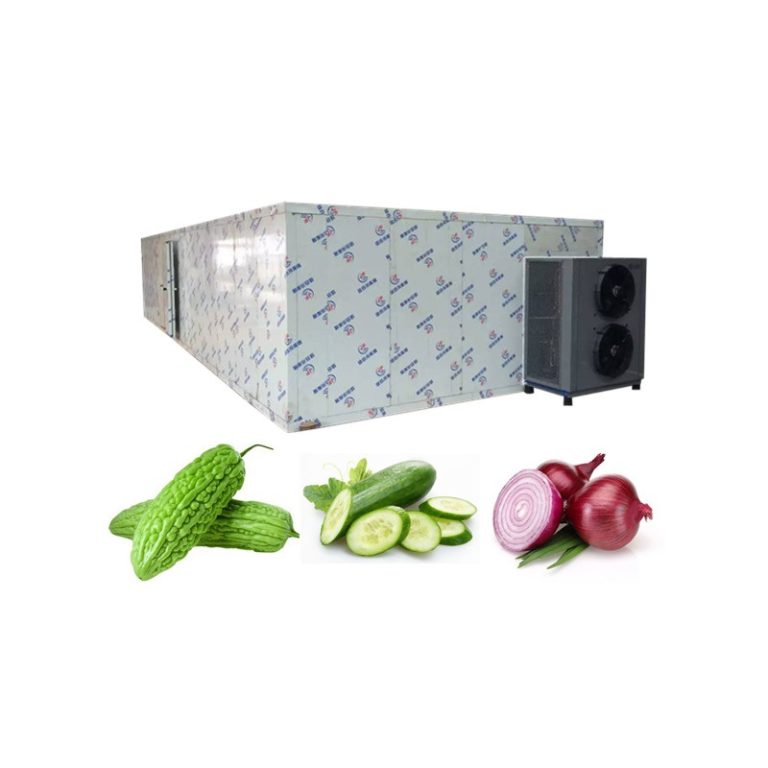Table of Contents
Optimizing Efficiency: How to Increase Throughput and Reduce Energy Consumption in High-Grade Fruit Drying Ovens
High-grade fruit drying ovens play a crucial role in the food industry, enabling the preservation of fruits while maintaining their nutritional value and flavor. However, operating these ovens efficiently is essential to maximize throughput and minimize energy consumption. In this article, we explore strategies for optimizing efficiency in high-grade fruit drying ovens. One key aspect of efficiency optimization is airflow management. Proper airflow ensures uniform drying throughout the oven, reducing drying time and energy consumption. By strategically positioning vents and fans, operators can promote consistent air circulation, preventing hot spots and ensuring all fruits dry at the same rate.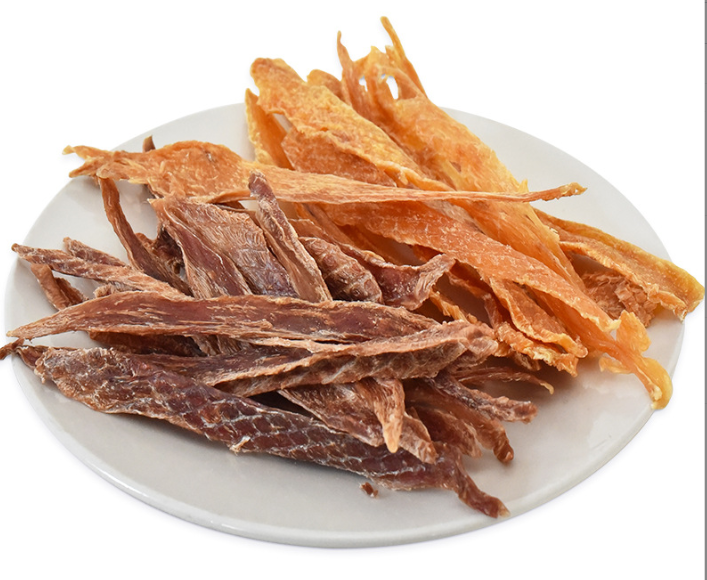 Temperature control is another critical factor. Maintaining precise temperature levels is essential for achieving optimal drying results while minimizing energy usage. Advanced temperature monitoring systems allow operators to adjust settings in real-time, responding to changing conditions and ensuring consistent performance.
Furthermore, the use of insulation can significantly impact energy efficiency. High-quality insulation materials help retain heat within the oven, reducing heat loss and minimizing the need for continuous heating. By investing in insulation upgrades, operators can improve thermal efficiency and reduce overall energy consumption.
In addition to insulation, the design of the drying trays can also influence efficiency. Optimal tray design promotes proper air circulation around the fruits, facilitating even drying and reducing processing time. By using trays with perforated surfaces or adjustable heights, operators can maximize airflow and enhance drying efficiency.
Moreover, implementing automation technology can streamline operations and improve overall efficiency. Automated systems can monitor key parameters such as temperature, humidity, and airflow, making real-time adjustments to optimize performance. By reducing manual intervention and human error, automation helps minimize downtime and maximize productivity.
Regular maintenance and cleaning are essential for ensuring continued efficiency in high-grade fruit drying ovens. Accumulated debris and residue can impede airflow and reduce heat transfer, compromising drying performance. By adhering to a comprehensive maintenance schedule, operators can keep their ovens operating at peak efficiency levels.
Furthermore, investing in energy-efficient components and technologies can yield significant long-term savings. Upgrading to high-efficiency fans, motors, and heating elements can reduce energy consumption without sacrificing performance. Additionally, integrating renewable energy sources such as solar or biomass can further reduce environmental impact and operating costs.
Temperature control is another critical factor. Maintaining precise temperature levels is essential for achieving optimal drying results while minimizing energy usage. Advanced temperature monitoring systems allow operators to adjust settings in real-time, responding to changing conditions and ensuring consistent performance.
Furthermore, the use of insulation can significantly impact energy efficiency. High-quality insulation materials help retain heat within the oven, reducing heat loss and minimizing the need for continuous heating. By investing in insulation upgrades, operators can improve thermal efficiency and reduce overall energy consumption.
In addition to insulation, the design of the drying trays can also influence efficiency. Optimal tray design promotes proper air circulation around the fruits, facilitating even drying and reducing processing time. By using trays with perforated surfaces or adjustable heights, operators can maximize airflow and enhance drying efficiency.
Moreover, implementing automation technology can streamline operations and improve overall efficiency. Automated systems can monitor key parameters such as temperature, humidity, and airflow, making real-time adjustments to optimize performance. By reducing manual intervention and human error, automation helps minimize downtime and maximize productivity.
Regular maintenance and cleaning are essential for ensuring continued efficiency in high-grade fruit drying ovens. Accumulated debris and residue can impede airflow and reduce heat transfer, compromising drying performance. By adhering to a comprehensive maintenance schedule, operators can keep their ovens operating at peak efficiency levels.
Furthermore, investing in energy-efficient components and technologies can yield significant long-term savings. Upgrading to high-efficiency fans, motors, and heating elements can reduce energy consumption without sacrificing performance. Additionally, integrating renewable energy sources such as solar or biomass can further reduce environmental impact and operating costs.
Quality Control Measures: Ensuring Consistency and Superior Product Quality in High-Grade Fruit Drying Ovens
Quality Control Measures: Ensuring Consistency and Superior Product Quality in High-Grade Fruit Drying Ovens High-grade fruit drying ovens play a crucial role in preserving the freshness and nutritional value of fruits while extending their shelf life. However, achieving consistent and superior product quality requires meticulous attention to detail and robust quality control measures throughout the drying process. In this article, we delve into the key quality control measures employed in high-grade fruit drying ovens to ensure the utmost standards of excellence.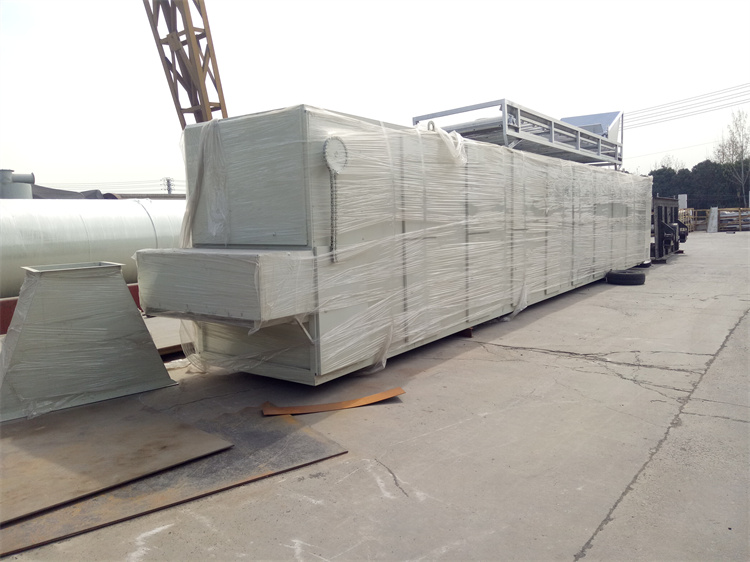 First and foremost, temperature control is paramount in fruit drying operations. Variations in temperature can significantly impact the drying process, affecting the texture, flavor, and overall quality of the dried fruits. High-grade fruit drying ovens are equipped with advanced temperature monitoring and control systems to maintain precise and uniform temperatures throughout the drying chamber. This ensures that fruits are dried evenly and thoroughly, without compromising their quality.
First and foremost, temperature control is paramount in fruit drying operations. Variations in temperature can significantly impact the drying process, affecting the texture, flavor, and overall quality of the dried fruits. High-grade fruit drying ovens are equipped with advanced temperature monitoring and control systems to maintain precise and uniform temperatures throughout the drying chamber. This ensures that fruits are dried evenly and thoroughly, without compromising their quality.
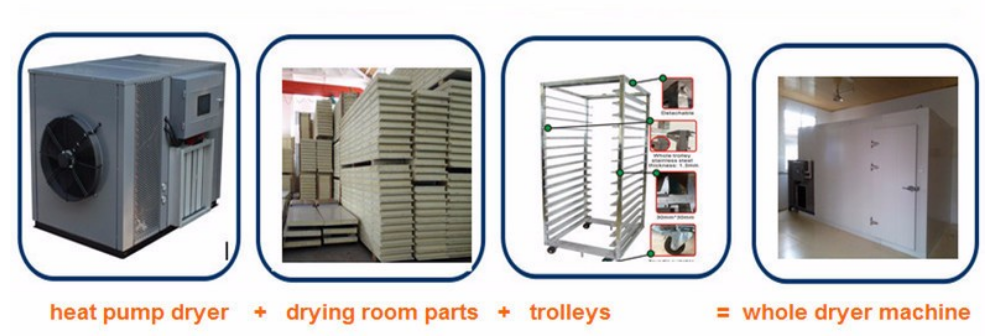 Moreover, humidity regulation is equally critical in fruit drying. Excessive moisture can lead to microbial growth and spoilage, while insufficient humidity can result in overly dry and brittle fruits. High-grade drying ovens are equipped with sophisticated humidity control mechanisms to maintain optimal moisture levels during the drying process. By carefully monitoring and adjusting humidity levels, these ovens ensure that fruits retain their natural moisture content while being safely preserved for extended periods.
In addition to temperature and humidity control, airflow management is another key aspect of quality control in fruit drying ovens. Proper airflow promotes even drying and prevents the formation of moisture pockets, which can lead to uneven drying and quality issues. High-grade drying ovens are designed with strategically placed air vents and circulation fans to facilitate uniform airflow throughout the drying chamber. This helps to achieve consistent drying results and ensures that all fruits are dried to perfection, regardless of their placement within the oven.
Moreover, humidity regulation is equally critical in fruit drying. Excessive moisture can lead to microbial growth and spoilage, while insufficient humidity can result in overly dry and brittle fruits. High-grade drying ovens are equipped with sophisticated humidity control mechanisms to maintain optimal moisture levels during the drying process. By carefully monitoring and adjusting humidity levels, these ovens ensure that fruits retain their natural moisture content while being safely preserved for extended periods.
In addition to temperature and humidity control, airflow management is another key aspect of quality control in fruit drying ovens. Proper airflow promotes even drying and prevents the formation of moisture pockets, which can lead to uneven drying and quality issues. High-grade drying ovens are designed with strategically placed air vents and circulation fans to facilitate uniform airflow throughout the drying chamber. This helps to achieve consistent drying results and ensures that all fruits are dried to perfection, regardless of their placement within the oven.
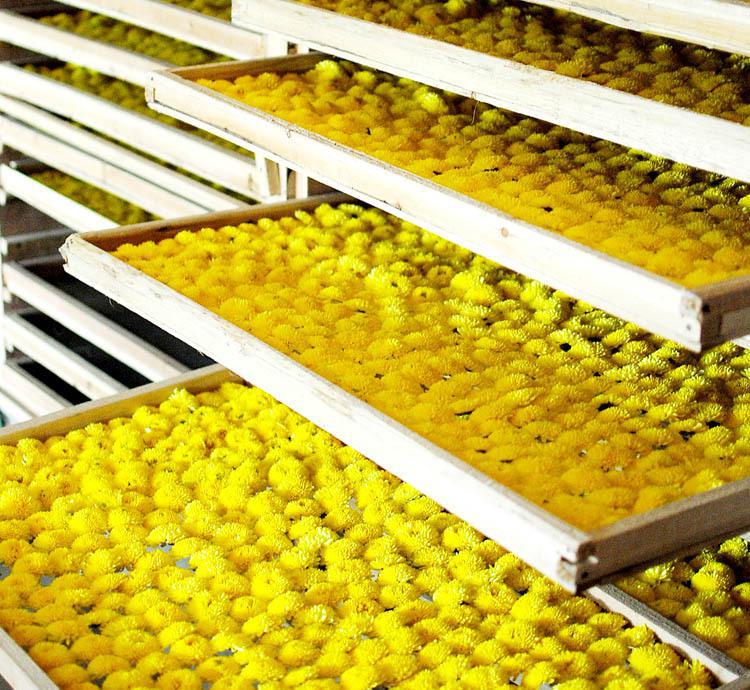 Furthermore, monitoring and maintaining sanitation standards are essential for ensuring the safety and quality of dried fruits. High-grade drying ovens are constructed using food-grade materials that are easy to clean and sanitize, minimizing the risk of contamination. Regular cleaning and disinfection procedures are implemented to prevent the buildup of bacteria and other harmful pathogens that could compromise the quality of dried fruits. By adhering to strict sanitation protocols, manufacturers can guarantee the production of high-quality and safe dried fruits that meet the highest standards of excellence.
In conclusion, quality control measures are integral to ensuring the consistency and superior product quality of high-grade fruit drying ovens. Temperature control, humidity regulation, airflow management, and sanitation standards are among the key aspects of quality control that manufacturers must prioritize to achieve optimal drying results. By employing advanced technologies and stringent quality control protocols, high-grade drying ovens uphold the highest standards of excellence in fruit drying, delivering premium-quality dried fruits that delight consumers worldwide.
Furthermore, monitoring and maintaining sanitation standards are essential for ensuring the safety and quality of dried fruits. High-grade drying ovens are constructed using food-grade materials that are easy to clean and sanitize, minimizing the risk of contamination. Regular cleaning and disinfection procedures are implemented to prevent the buildup of bacteria and other harmful pathogens that could compromise the quality of dried fruits. By adhering to strict sanitation protocols, manufacturers can guarantee the production of high-quality and safe dried fruits that meet the highest standards of excellence.
In conclusion, quality control measures are integral to ensuring the consistency and superior product quality of high-grade fruit drying ovens. Temperature control, humidity regulation, airflow management, and sanitation standards are among the key aspects of quality control that manufacturers must prioritize to achieve optimal drying results. By employing advanced technologies and stringent quality control protocols, high-grade drying ovens uphold the highest standards of excellence in fruit drying, delivering premium-quality dried fruits that delight consumers worldwide.
